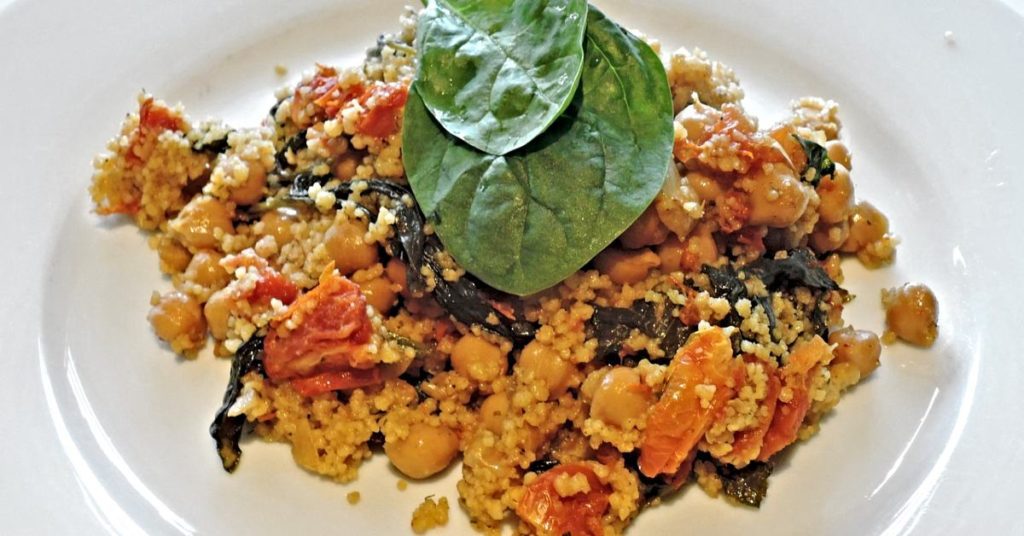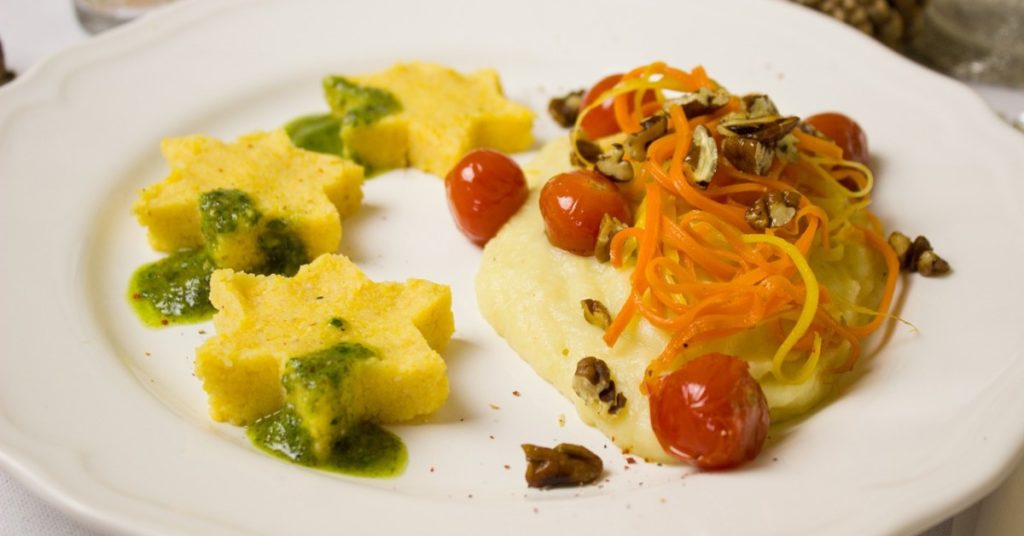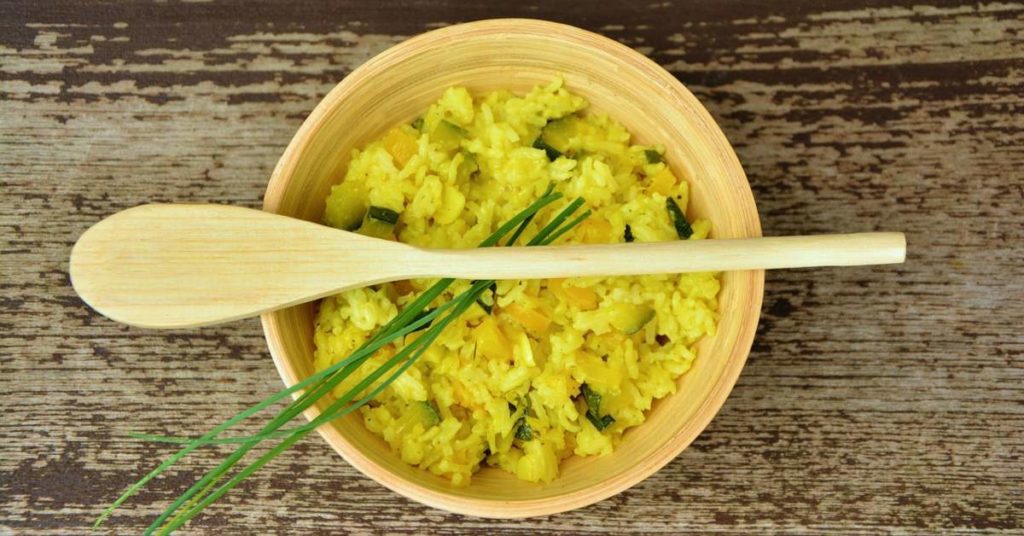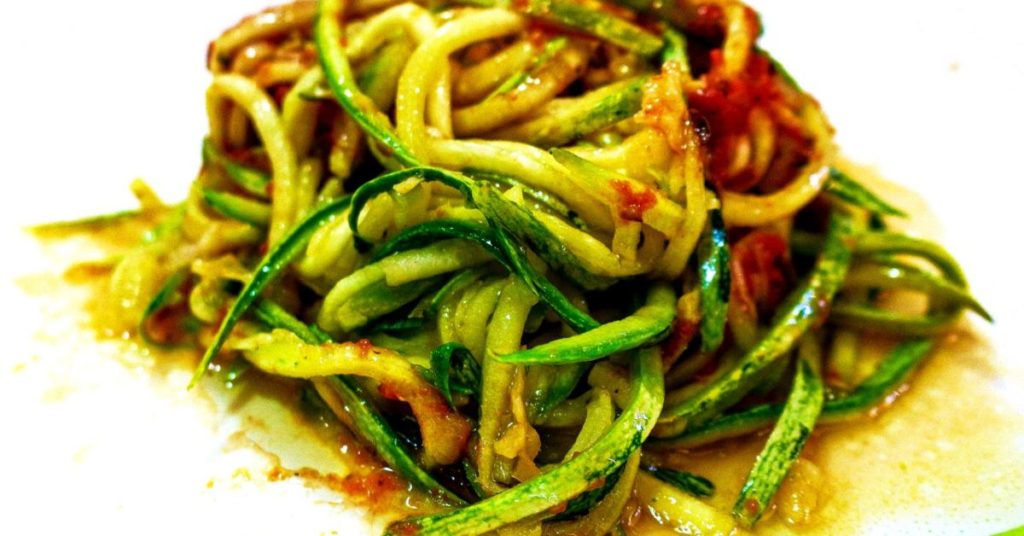Italians know better than anyone how difficult it is to find alternatives to pasta for an equally tasty first course. Not to mention that a plate of spaghetti is often prepared when time is short because it seems the fastest and most popular option.
Of course, it is difficult to pass on a nice plate of steaming pasta, but as we will show you, there are healthy pasta alternatives that are equally palatable. And from a nutritional point of view, just like pasta, these can be brought to the table without any guilt for ruining your “diet.”
Is Pasta Good For You?
Also, consider that the pastas we find on supermarket shelves are generally made from heavily processed durum wheat, which strips the grain of all its beneficial nutritional components. We are talking about fibers, vitamins, and minerals, which are destroyed in the refining process by eliminating the outer fibrous shell.
For this reason, nutritionists often recommend replacing pasta with whole-grain ingredients, most of which are lower in total carbohydrates, have a lower glycemic index, and are still cholesterol-free.
Replacing Pasta: 12 Alternatives for Italian First Courses
In this list, we provide you with some alternatives to pasta, useful for those who want to vary their diet and not consume too many refined products. To replace durum wheat (“white”) pasta, we can use products made from other types of flour; some of which are also gluten-free for those who have been diagnosed with celiac disease.
Here are some healthy alternatives to pasta so that you don’t have to give up a delicious first course for your Italian meal.
Couscous
Couscous is a food made by steaming grains and small clusters of wheat semolina or durum wheat. It is native to the regions of northwestern Africa; in Italy, it is present in the Sicilian culinary tradition, but its consumption throughout the country is now widespread. It is used to accompany different types of dishes, from stewed meats and fish, to boiled or grilled vegetables.
Couscous can be, depending on the size of the semolina grains that compose it, fine, medium or coarse. Although traditional couscous is produced only with durum wheat semolina, different types of couscous produced with other cereal semolina (barley, sorghum, etc.) can be found in the markets today.

One property of couscous is that it is extremely versatile: no other carbohydrate base can combine so easily with so many different flavors and tastes. And it’s perfect at any time of the day, from lunch to dinner.
Couscous can be prepared in many ways: starting from the lightest and most delicious dishes up to the more elaborate ones. It can be served together with different condiments, and sometimes become a single dish: it can be cooked with meat, fish, vegetables, and legumes.
Rice noodles
Another dish that can replace traditional pasta is rice noodles from the Far East. Made with rice flour, this type of pasta is also suitable for celiacs and indicated for those trying to lose a few pounds.
In addition to being rich in fiber and vitamins, especially of the Vitamin-B group, they have a taste and texture very similar to Italian pasta but are far more digestible. To cook them, just immerse them in boiling water for a few minutes and then season them in the same way as pasta.
Rice noodles can be found in most supermarkets and online. They are very good when combined with steamed and julienned vegetables, with a drizzle of soy sauce.
Polenta
The term polenta derives from the Latin name puls, which indicated, for the ancient Romans, a mixture of spelt and water, while for the ancient Greeks, it was a food based on water and barley.
Nowadays, polenta is a regional dish widespread across Northern Italy, but known throughout the Italian peninsula, and also abroad. Today we know polenta as a preparation based on yellow corn flour, but there are also varieties of polenta based on white corn flour, or even based on buckwheat flour.
In the past, in the peasant tradition in the countryside and the mountains, polenta represented a “poor” dish that provided energy-rich carbohydrates. It is prepared simply by cooking water and corn flour for a long time, stirring constantly. It can then be seasoned in different ways according to the various local traditions, for example with meat sauces, vegetables. or cheeses.

Polenta contains not only carbohydrates, but also proteins and various minerals, in particular phosphorus, potassium, manganese, selenium, and iron. Polenta is also a source of vitamins, especially Vitamin-A and Vitamin-E.
Soba noodles
Soba noodles are a very special type of “pasta,” well-known in Japanese cuisine. They are long and thin, like spaghetti, and composed of between 80% and 100% buckwheat flour. As such, they are gluten-free and suitable for celiacs.
Replacing pasta with soba noodles has its advantages, especially in terms of calories and nutrient supply. Buckwheat noodles contain fewer calories than a plate of “white” pasta and have a high percentage of manganese, a very important mineral for keeping bones healthy and for metabolizing vitamins and proteins.
The high rutin content also helps protect capillaries and keep them elastic. It is a product rich in fiber, which of course must be integrated into a complete weekly meal plan. Buckwheat noodles, which can be purchased in specialty food stores, have a flavor that resembles hazelnut and are excellent when accompanied by sautéed vegetables, tofu, or tempeh.
Risotto
Risotto is an Italian rice dish that, when prepared well, has a rich, creamy texture, with every single grain of rice clearly standing out and having a hint of firmness, rather than being soft or mushy.
The term is closely related to the Italian word for “rice,” which is “riso.” Rice appears to have been introduced to Italy by the Middle East, with the first risotto recipe dating back to the 1500s. The dish is mainly prepared in northern Italy, with each region having a specific traditional recipe.

Making risotto is a complicated process. It starts with frying rice, onions, herbs, and garlic in oil, butter, or a mixture of the two until everything is evenly coated and slightly translucent. Then, white wine is sprinkled in and the mixture is continuously stirred until the wine has evaporated.
Then broth is added in small quantities at a time, while the cook continues to stir the rice. As the broth evaporates, more is added, with the whole process taking about 20 minutes from the moment the wine hits the pan.
Precise recipes for risotto vary. Some cooks add meat, fish, or vegetables during the frying process, creating a more substantial dish. Saffron is a commonly used herb, but risotto can also contain oregano, thyme, parsley, and other ingredients. Traditionally, it is made from Italian Arborio rice, a medium-grain rice widely grown in Italy, particularly in the Veneto region. Risotto play prominently in the cuisine of Venice.
Shirataki
Similar in appearance to spaghetti, shirataki is a very common food in Japan that has recently been spreading also in Western kitchens. These are noodles made from the root of Konjac, a plant reminiscent of beetroot, widespread in Asian countries that lends itself well to replacing pasta.
The difference between soft wheat and durum wheat pasta is very pronounced. First of all, shirataki noodles do not contain gluten, have very few calories (only 10 calories per 100 g), and have a low carbohydrate content. At the same time, they are highly satisfying, and are rich in fiber and minerals such as calcium, iron, and zinc.
For these characteristics, Konjac noodles are especially recommended for those who follow a weight-loss diet and for diabetics. On the market, there is a wet version (pre-cooked) and a dry version, which requires cooking. They can be seasoned like a normal pasta dish, with sauce, sautéed vegetables, or simply with a drizzle of oil.
Zucchini “Spaghetti”
Replacing pasta with a plate of raw zucchini spaghetti is an original, but above all healthy, way to start a meal. It goes without saying that this type of spaghetti is essentially lighter, rich in vitamins, good doses of fiber, and potassium, ideal not only for those who want to lose weight but also for those who want to take full advantage of the nutrient properties of this vegetable.
In fact, squash are composed of 93% water and have only 11 calories per 100 grams, also equipped with a good satiating effect. Raw zucchini spaghetti can be made with a potato peeler or through a spiral vegetable slicer.
In the market, you can buy the spiralizer, a tool used to make spaghetti from different vegetables such as zucchini, carrots, beets, and squash. For the dressing, you can choose between a nice homemade pesto, a sauce of fresh tomatoes, or an avocado sauce, perhaps with a sprinkling of chopped seeds (ex. hemp).
Soy noodles
Soy noodles are a delicious alternative to pasta and are very reminiscent of rice noodles, very thin and pure white in color. However, the two products are different from a nutritional point of view.
Soy noodles have almost the same nutritional values as pasta but are slightly richer in fiber and protein and more digestible. They are very filling and, considering that they have almost the same calories as pasta, they are not recommended as a daily food for those on a diet, but only for those who want to change their diet now and then.
Again, we can cook soy noodles like a traditional pasta dish. However, they go perfectly with a mix of vegetables cooked in a pan, or steamed with a traditional soy sauce.
Black Bean Pasta
For many, it will certainly be a novelty, but black bean pasta is an original alternative to wheat pasta; completely gluten-free but very rich in iron, fiber, and protein (about 25 g for a 55 g serving). It is a very digestible type of pasta, which fills you up quickly, and is therefore also recommended for weight-loss goals.
Black beans, with a very delicate flavor, are known for their antioxidant content and their regulatory action on cholesterol and blood sugar levels. In addition to spaghetti, we can also find other alternatives to pasta made from black bean flour on the market. They are not easily available but they can also be made at home and seasoned like a normal pasta dish.
Good with both a light and white sauce, or served with an alternative fresh pesto such as arugula, mint, or lemon zest.
Spaghetti Squash
Another light alternative to pasta is spaghetti squash, very popular in the United States but not yet well known in Italy. These are filaments obtained from the inside of a particular pumpkin, called spaghetti squash, which once cooked can be dug inside with a fork, obtaining filaments very similar to spaghetti.

Spaghetti squash can be easily grown in the garden and its fairly neutral flavor is reminiscent of potatoes rather than the classic pumpkin. Pumpkin spaghetti is lighter and more digestible than a pasta dish and also has many nutritional elements including a high content of Vitamins A and C, potassium, folic acid, and carotene.
It has a very low-calorie intake (31 cal per 100 g) and a lot of fiber. We can season spaghetti squash with a drizzle of oil, a fresh pesto or a simple tomato sauce.
Whole grains
Pasta salad is a fresh dish especially suitable for the summer months. Again, we can replace pasta with an equally tasty and far healthier alternative. Whole grains are a great replacement for pasta in cold salads.
These foods include barley, spelt, millet, rice and oats, and other grains such as buckwheat, quinoa, and amaranth. Also, bulgur and couscous (see above) are excellent as a substitute for pasta, as they have good satiating power and, like other whole grains, are rich in fiber.
Whole grains have all the nutrients that would otherwise be lost with refining. Unlike refined cereals such as pasta, they have fewer calories and carbohydrates but more proteins and vitamins, especially of B-group. We can season our cereals with a mix of stir-fried vegetables such as eggplant, squash, and peppers or with fresh cherry tomatoes, olives, and mushrooms.
Some of these cereals, such as quinoa and rice, are made into pasta, which can be found in different shapes such as spaghetti and penne.
Zucchini Lasagna or Eggplant Parmigiana
For many, it’s not Sunday without a nice hearty lunch, usually based on pasta. Lasagna, baked pasta, and casseroles are some examples of party dishes that seem impossible to give up. But how to replace the pasta in this case? It is very simple. Vegetables, such as zucchini and eggplant, can take the place of the classic pasta sheet in lasagna.
Of course, the sauce must also be lighter, based on fresh tomatoes and very little oil. This type of lunch is certainly less caloric but more digestible, especially if you use vegetarian cheese instead of mozzarella.
An even healthier dish is raw lasagna, made up of layers of raw summer squash, tomatoes, and sauces made of spinach, mushrooms, avocado, or dried fruit. The vegan version of eggplant parmigiana is an excellent substitute for a plate of traditional lasagna.
To make it even lighter, you can cook the eggplant in the oven without frying them and then form the layers with tomato sauce and vegan béchamel. This dish is calorie-reduced and has fewer carbohydrates, but at the same time, it is very light and filling.
A Substitute For Pasta?
Let’s face it, pasta is the cornerstone of Italian cuisine. And on the Mediterranean Diet, a plate of spaghetti is always allowed, and indeed recommended. The problem arises when you want to lose a bit of weight, or have medical conditions such as diabetes or celiac disease. Or if you just want to try something different for a bit of variety.
Hopefully this article has presented some tasty alternatives to pasta that are not lacking in flavor, and represent valid options for health, too. Indeed, the pasta that we normally find on supermarket shelves undergoes a manufacturing process that almost completely deprives it of all nutrients. Therefore, adding these pasta substitutes from time to time makes a lot of sense.
Buon appetito!
